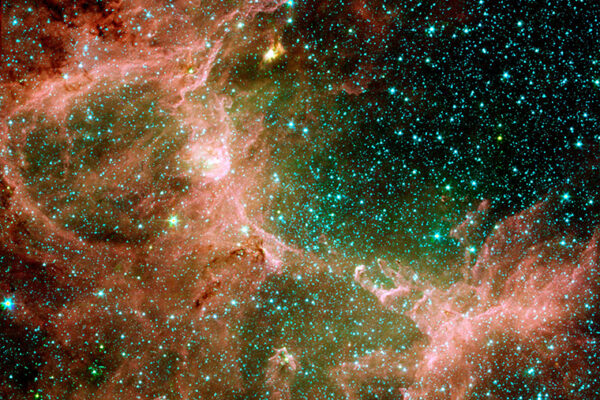New model provides different take on planetary accretion
The prevailing model for planetary accretion assumes that the Solar System’s planets formed in an extremely hot, two-dimensional disk of gas and dust, post-dating the Sun. In the March issue of Planetary and Space Science, two scientists at Washington University in St. Louis propose a radically different model, in which collapse takes place in a cold, three-dimensional dust cloud.
Flooding will only worsen unless river management improves, says WUSTL hydrogeologist
Washington University in St. Louis hydrogeologist Robert Criss, PhD, wasn’t particularly surprised by the spring floods on the Mississippi this year. Floods are becoming more frequent and more severe, he says. “We are increasingly constraining the river by building wing dikes and higher levees and then upping the ante by building in the river’s natural flood plains” Criss says. “There are far better ways to deal with this problem than have municipalities compete with one another to build the highest levee and fight over who has the right to be protected in times of distress.”

